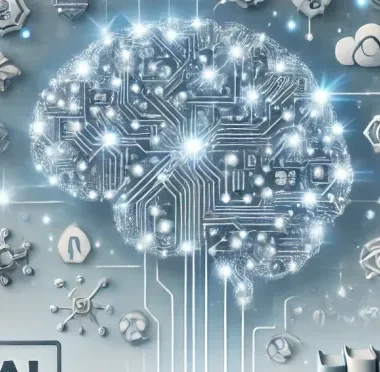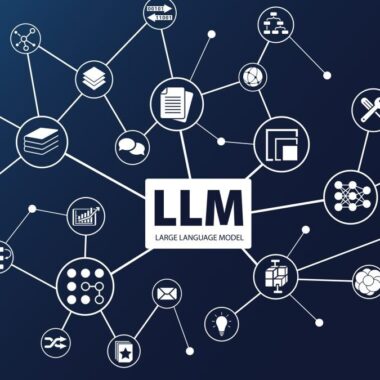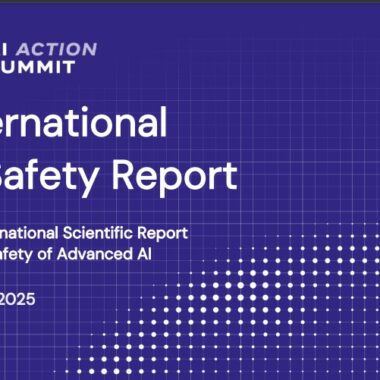This list provides a comprehensive overview of crucial AI concepts, ensuring clarity and understanding of each term of AI with Definitions and Explanations.
- Machine Learning (ML):
A subset of AI where systems learn from data to make predictions or decisions. It involves training algorithms on datasets, enabling them to improve over time.
- Artificial General Intelligence (AGI):
AI possesses cognitive abilities equal to or greater than those of humans. AGI is a significant focus for research, raising both exciting possibilities and ethical concerns.
- Generative AI:
A type of AI capable of creating new content, such as text, images, or code. Examples include tools like ChatGPT and Google’s Gemini, which are trained on extensive datasets.
- Hallucinations:
Errors in generative AI responses where the system confidently produces incorrect or nonsensical information due to limitations in its training data.
- Bias:
Systematic prejudices in AI outputs that arise from the data on which the AI is trained reflect societal biases and lead to inaccurate or unfair results.
- AI Model:
A computational system trained on data to perform specific tasks or make decisions autonomously.
- Large Language Models (LLMs):
A class of AI models designed to process and generate human-like text, exemplified by models such as OpenAI’s Claude.
- Diffusion Models:
AI models that generate images from text prompts by learning to reverse the process of adding noise to images.
- Foundation Models:
Versatile generative AI models trained on extensive datasets can support multiple applications without task-specific training.
- Frontier Models:
Next-generation AI models that are still in development promise significantly enhanced capabilities compared to current models but raise potential risks.
- Training:
The process through which AI models learn from data, refining their ability to recognize patterns and make predictions.
- Parameters:
The internal variables of an AI model that influence how it converts inputs into outputs are crucial for its predictive accuracy.
- Natural Language Processing (NLP):
The branch of AI enables machines to understand and generate human language, facilitating interactions like those with ChatGPT.
- Inference:
The act of generating outputs from an AI model, such as producing a response to a query.
- Tokens:
AI models use segments of text (words, parts of words, or characters) to analyze and generate language.
- Neural Network:
A computer architecture inspired by the human brain enables machines to learn complex patterns from data.
- Transformer:
A neural network architecture that uses attention mechanisms to understand the relationships between sequence elements is pivotal in generative AI.
- RAG (Retrieval-Augmented Generation):
A method that enhances AI outputs by allowing models to pull in external information, improving the accuracy of responses.
AI Hardware
- Nvidia’s H100 Chip:
A leading GPU designed for AI training, known for its efficiency in handling complex AI workloads.
- Neural Processing Units (NPUs):
Specialized processors that optimize AI tasks on devices, enhancing performance for features like speech recognition.
- TOPS (Trillion Operations Per Second):
A benchmark indicates AI chips’ processing power for performing AI inference tasks.
AI Applications
- OpenAI / ChatGPT:
A popular AI chatbot recognized for its conversational abilities and wide-ranging applications.
- Microsoft / Copilot:
An AI assistant integrated into Microsoft products, leveraging OpenAI’s GPT models.
- Google / Gemini:
Google’s AI assistant encompasses various AI models across its services.
- Meta / Llama:
An open-source large language model developed by Meta.
- Apple / Apple Intelligence:
AI features are incorporated into Apple products, enhancing user experience through tools like ChatGPT in Siri.
- Anthropic / Claude:
An AI company is creating models like Claude, with significant backing from major investors.
- xAI / Grok:
An AI venture founded by Elon Musk focuses on large language models.
- Perplexity:
An AI-powered search engine known for its innovative but controversial data practices.
- Hugging Face:
A platform provides developers and researchers access to various AI models and datasets.





